Monday, 30 August 2010
They think it’s all over!
And in a real sense it is. It is now 7 weeks since the end of the World Cup and the place is more or less back to normal. But I am conscious that I did not give you (gentle reader) any live commentary at the time so, before I move on, let me return for one more blog to those extraordinary 30 days in which South Africa was at the centre of the universe.
I don’t know how much hype there was about the World Cup wherever you are in the world, but here it was to the power of 2 – or probably the power of 32 since we seemed to add to our own excitement the enthusiasm of all the other countries participating.
One of the clearest indicators of this was the way in which every part of the city was festooned with flags. One of the catchiest of the football songs (inevitably hijacked by Coca-Cola) was ‘Wavin’ flag’ from the Somali singer K’naan and this whole nation of 40 million people took him at his word. And there were flags not just on buildings, but on faces, on every lamp-post, hanging from car windows, shop windows and office windows, and even on car wing mirrors.
One of the reasons for this was a (sub-)conscious reaction to the trademark fascism of FIFA. The self-declared guardians of football (carrying out a strategy that Interbrand devised for them 10 years ago) were determined to own everything connected with the championship. No teddy bear could be bought, no shirt worn, no beer drunk, and no hot dog scoffed unless it was a FIFA authorised product with appropriate logo and payment of royalty. This resulted in the sort of madness that meant that top executives being hosted to extravagant hospitality in corporate boxes in the grounds were forced to drink ‘Bud’ if they wanted a beer. And we lesser mortals, looking to eat in stadiums, could not enjoy the freshly braaied wors sausages for which South Africa is famous (and which are usually supplied at grounds by independent entrepreneurial traders). Instead our only option was to queue for ages to buy a hideous micro-waved ‘wiener’ manufactured by an official partner. “For the good of the game” is FIFA’s claim. Well let’s hope so since it was certainly not for the good of the fan, the local entrepreneur or the reputation of FIFA.
But the flags were the great subterfuge. Because flags and national colours cannot be owned, even by Sepp Blatter. So it seemed that every enterprising young chancer in Jo’burg was standing at a set of traffic lights selling flags; in all colours and in all sizes. As a point of principle I kept buying them just to prove that there was a commercial dimension to this venture that was not dependent on trademark deals stitched up by multinationals.
I wonder if there was also something more philosophical underneath. The new South African flag was hard fought for. The old won celebrated layers of colonisation. The new one is a clear rupture with the past. But the film ‘Invictus’ shows that even a year after democracy there were still old South African Union flags being used. There is immense pride in the South African flag – the Durban stadium was designed to imitate it, the national broadcaster is still flying a giant one on its Stalinist building – and it can now truly be said to be a symbol that unites the nation. And South Africans’ pride in their own flag extends beyond to all flags, depending on who was playing on each day. So when South Africa exited the tournament, more valiantly than anyone had expected, we could easily shift our pride to other people’s flags. (Perhaps this is most mysterious for Brits who have a conflicted relationship with the Union Flag and don’t even play under those colours in international football).
People of all colours showing pride in South Africa – the team and the flag – was something that everyone was hoping for from the World Cup. And it was evident everywhere. When Bafana Bafana were playing, the whole country ground to a halt and no one complained that work was abandoned. Cheering the national team after all was national work. But then when Ghana became the only African team to survive into the second round, allegiance switched wholesale from Bafana Bafana to the renamed ‘Ba-Ghana Ba-Ghana’. One could hardly imagine England fans shifting their allegiance to Greece or Americans to Costa Rica just because they happen to be at the other end of the same continent.
South Africa’s relationship with the rest of the Continent is highly complex. Sometimes they treat it entirely as something alien and distant; people from Jo’burg ‘go to Africa’ in the same way that Londoners ‘travel to Europe’. But then at other times, South Africans appropriate the whole Continent – by for example using a map of the whole of Africa as the logo of purely South African companies. Thus, this support of Ghana was more surprising than you might have imagined, even among black South Africans who are not always hugely welcoming of their neighbours. But the real surprise was when I saw a middle-aged white man at a game mixing his Springbok scarf (a staunch signifier of Afrikaans pride) with a yellow, green and red hat (a clear sign of African pride); we have witnessed a profound shift.
Of course, I did not spend the entire 30 days reflecting on such philosophical questions. I also managed to attend 6 live games, watch dozens more in bars all round the city (I don’t have a TV so I had to go out!), skive off work several times so I would not miss kick-off times, stand just below Desmond Tutu when he appeared at the pre-World Cup music spectacular, sit in hotel lounges with Nike aficionados discussing tactical variations, dance myself silly with Dutch-Spanish-Mexican supporters at 2am on weekday nights, and even blow a vuvuzela occasionally. It was Christmas and New Year – only longer, more drunken, more disorienting and more fun.
And the Jesuit Institute also found a way to leap on the bandwagon (without so far being sued by the trademark police). The Jesuit claim is to be able to find God in all things so we decided to see how we could find ‘the hand of God’ in the World Cup, off as well as on the pitch. And the response to this challenge – reflections, articles, pictures and lectures – is reproduced on a double CD, a copy of which is even being delivered via the Papal Nuncio to the Benedict XVI. (Copies available from me for £6/ $10).
And if you were expecting comment from me on England’s performance, I shall refer you to Wittgenstein’s dictum: “whereof we cannot speak, thereof we had best keep silent.”
Subscribe to:
Post Comments (Atom)


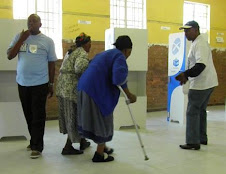











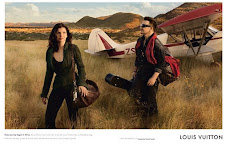


















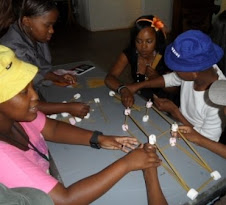














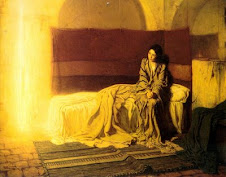













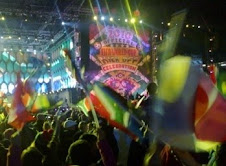






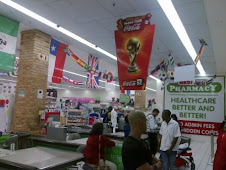






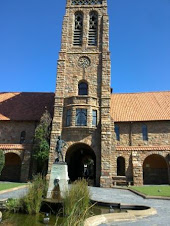











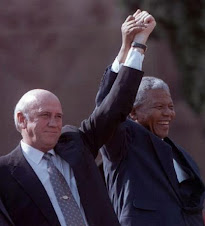.jpg)








No comments:
Post a Comment
Note: only a member of this blog may post a comment.